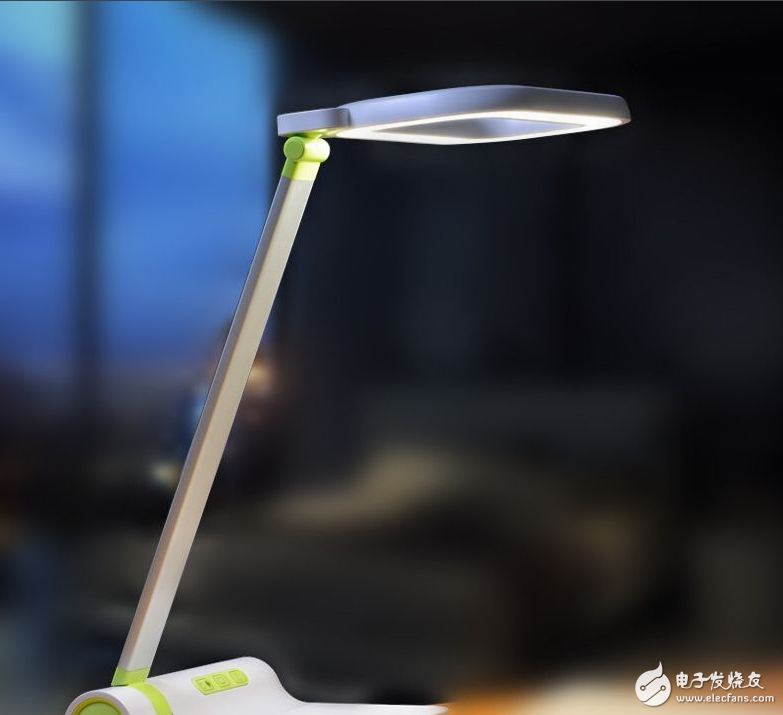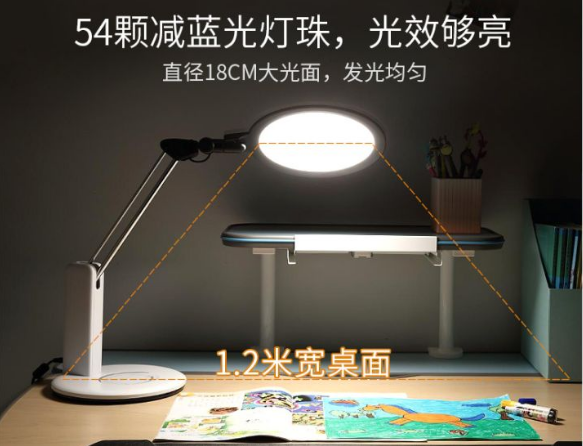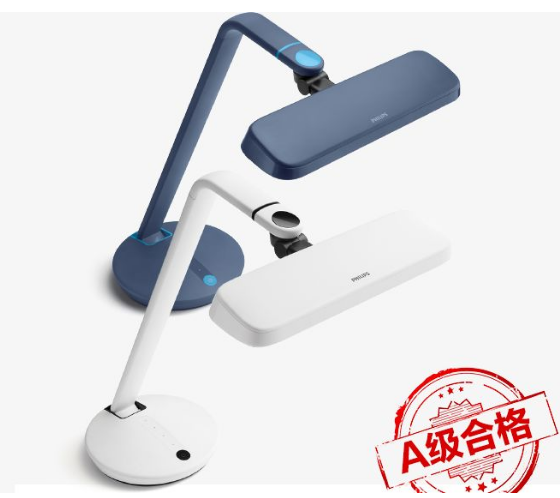24V Power Battery,Lithium Pack Charger,Lithium Battery Technology,Lithium Polymere Battery Sichuan Liwang New Energy Technology Co. , https://www.myliwang.com
Eye protection table lamp which light source is good
**Eye Protection Desk Lamp**
An "eye protection desk lamp" is typically composed of two main parts: a light source and a light fixture. The lamp head usually uses a high-quality light source, while the lampshade helps improve the uniformity of light distribution, reducing or eliminating glare. Additionally, it includes a driver circuit that supplies power to the light source. To enhance the lighting angle and reduce ghosting, the light source can be optimized using OLED panel technology.
**Working Principle**
1. The working principle of an "eye protection lamp" involves converting low-frequency flicker into high-frequency flicker. This type of lamp uses a variable frequency electronic ballast to increase the current frequency from 50 Hz to 30–50 kHz, so that the human eye cannot perceive the flickering. It also utilizes three primary color phosphors to create soft light, helping to reduce visual fatigue. The stroboscopic effect is a key indicator for fluorescent tubes, with less stroboscopic being better for eye comfort.
2. Another type of "eye protection lamp" works by first converting AC power to DC power, then using DC lighting to minimize flickering and relieve eye strain. These lamps also eliminate electromagnetic radiation. Examples include DC eye protection lamps (using DC ballasts) and LED lights (which use adapters).

**Which Light Source Is Best for an Eye Protection Desk Lamp?**
**Incandescent Lamp**
Advantages: No flicker, high color rendering.
Disadvantages: Generates a lot of heat.
Incandescent lamps are one of the most commonly used electric light sources. They work by heating a filament to incandescence, emitting visible light through thermal radiation. While they have lower luminous efficiency, their light quality and color are still acceptable for home use. However, because they emit a lot of heat, using them as desk lamps for long periods can cause dry eyes and discomfort.
**Fluorescent Lamp**
Advantages: More energy-efficient, longer lifespan than incandescent lamps.
Disadvantages: Unstable light, high color temperature, prone to glare when used close-up.
Although some manufacturers claim their lamps use three-color phosphors, in reality, this is often just a marketing gimmick. The actual performance may not be as good as standard monochrome fluorescent lamps.
**LED Light**
LEDs are cold light sources, offering no flicker and a wide range of color temperatures. However, they contain blue light components and require diffusion on the light plate. Due to their long life, energy efficiency, and environmental benefits, LEDs have been widely promoted globally. Qualified LED lamps are pure in light, have a high color rendering index, and are free from stroboscopic effects. They are considered true eye-friendly lighting.
From a consumer perspective, both fluorescent and incandescent lamps can cause glare. Most LED lights on the market today are suitable for eye protection if they provide even illumination, no flicker, no direct glare, filter out blue light, have a color temperature between 3300K–5500K, and a color rendering index above 80.

**How to Choose an Eye Protection Desk Lamp?**
1. **No Flicker**: This is the basic requirement for eye protection. You can test it by rotating a gyroscope under the lamp; if the edges appear clear and stable, it’s likely flicker-free.
2. **Color Temperature**: Choose a yellowish-white light rather than a blue-white one. Blue-white light can be harmful to the eyes, while warm white is ideal for reading and writing.
3. **Color Rendering**: High color rendering ensures accurate color reproduction. A simple test is to check your palm under the light—bright red means good color rendering.
4. **Power**: For general reading and writing, a 9W–18W fluorescent lamp is sufficient. Use 9W in low ambient light and 18W in brighter conditions.
5. **Color Temperature Range**: For optimal eye comfort, choose a color temperature between 5000K–5500K. Avoid following misleading advice that brighter is always better.
6. **Light Softening**: LED light sources are point light sources. If not properly diffused, they can cause uneven lighting and eye strain. Ensure the lamp has a soft light design.
7. **Drive Location**: A good LED desk lamp should not place the drive in the lamp holder, as this can lead to overheating and failure.
8. **Lumen Depreciation**: LEDs tend to dim over time due to heat. Look for models with effective heat dissipation, such as those using aluminum substrates or patch modules.
9. **Lamp Height**: The ideal height is between 35cm–50cm. Too high or too low can affect comfort and vision.
10. **Safety**: LED lamps are generally safer than traditional ones, as they don’t have glass parts or sharp edges. Avoid overly complex designs with wires or screws.
11. **Material**: Durable materials like eco-friendly plastics help maintain appearance and longevity.
12. **Base Surface Finish**: A smooth base can cause glare. Opt for a sandblasted or matte finish to reduce reflections and improve the lighting environment.
